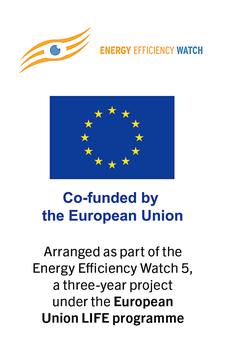Search eceee proceedings
Adding transparency to the circular flow of batteries
Panel: 2. Sustainable production towards a circular economy
Authors:
Sara Fallahi, RISE Research Institutes of Sweden, Sweden
Derek Diener, RISE Research Institutes of Sweden, Sweden
Pavel Calderon, EVLedger AB, Sweden
Karolina Kazmierczak, Chalmers Industriteknik, Sweden
Moheb Nayyeri, Chalmers Industriteknik, Sweden
Abstract
With the ever-growing number of Li-ion batteries used in diverse applications in the transport and energy sectors, establishing a sustainable and circular battery flow is becoming a necessity. Previous research highlights that for batteries to be used in a more circular value chain, there is a need to increase collaboration and trust between actors. Ideally, before being sent for recycling, a used battery cell from a high-demanding environment like EV should change application after electric performance degradation into an application that is less demanding. Only then, can the full potential from the batteries be utilised, and a more sustainable solution be assured. For example, a battery could be used in an electric scooter as a second life application after it has been used in a car or another vehicle in its first use. Subsequently, when the battery cannot perform sufficiently for an electric scooter, it can be installed in a domestic energy storage solution, where the battery requirements are less demanding. Unfortunately, a value chain like the one described above is not common today.
This paper shares preliminary results from an ongoing project that aims to increase trust and transparency in a circular value chain of batteries by developing and validating a tool that uses blockchain to verify and track performance of individual battery cells. Through blockchain, information about the battery’s health can be verified and shared amongst value chain partners in a secure and reliable manner. By facilitating the trade of batteries and exchange of knowledge, it is expected that this solution will contribute to increasing the share of batteries being reused and recycled compared to what is reached today. In addition, this will enable increased recycling, partially by improving the traceability of critical materials from their origin through the value chain. This will in turn make it easier to trace recovery levels for valuable materials such as cobalt and lithium.
Downloads
Download this presentation as pdf: 2-096-20_Fallahi_pre.pdf














